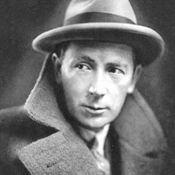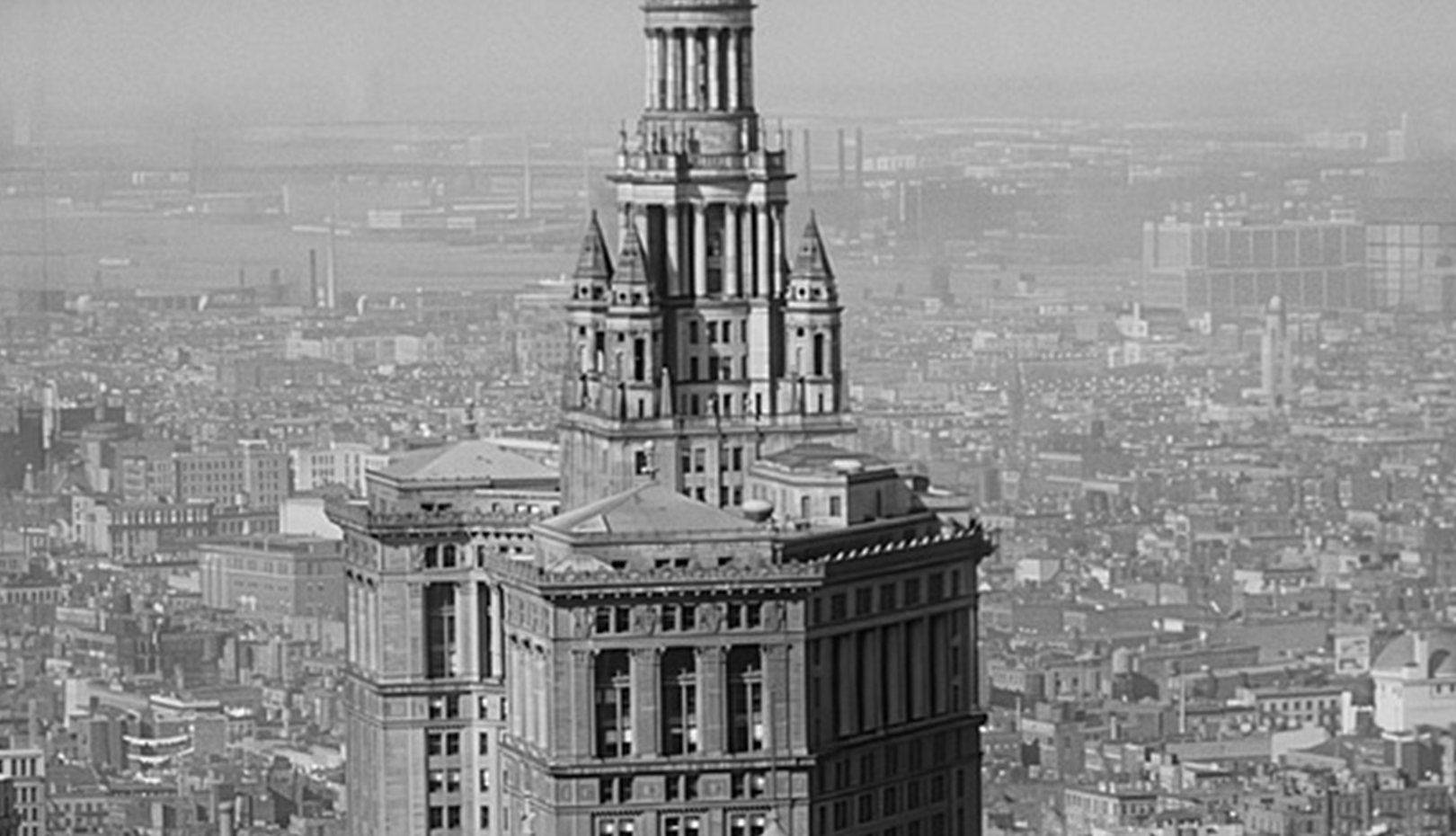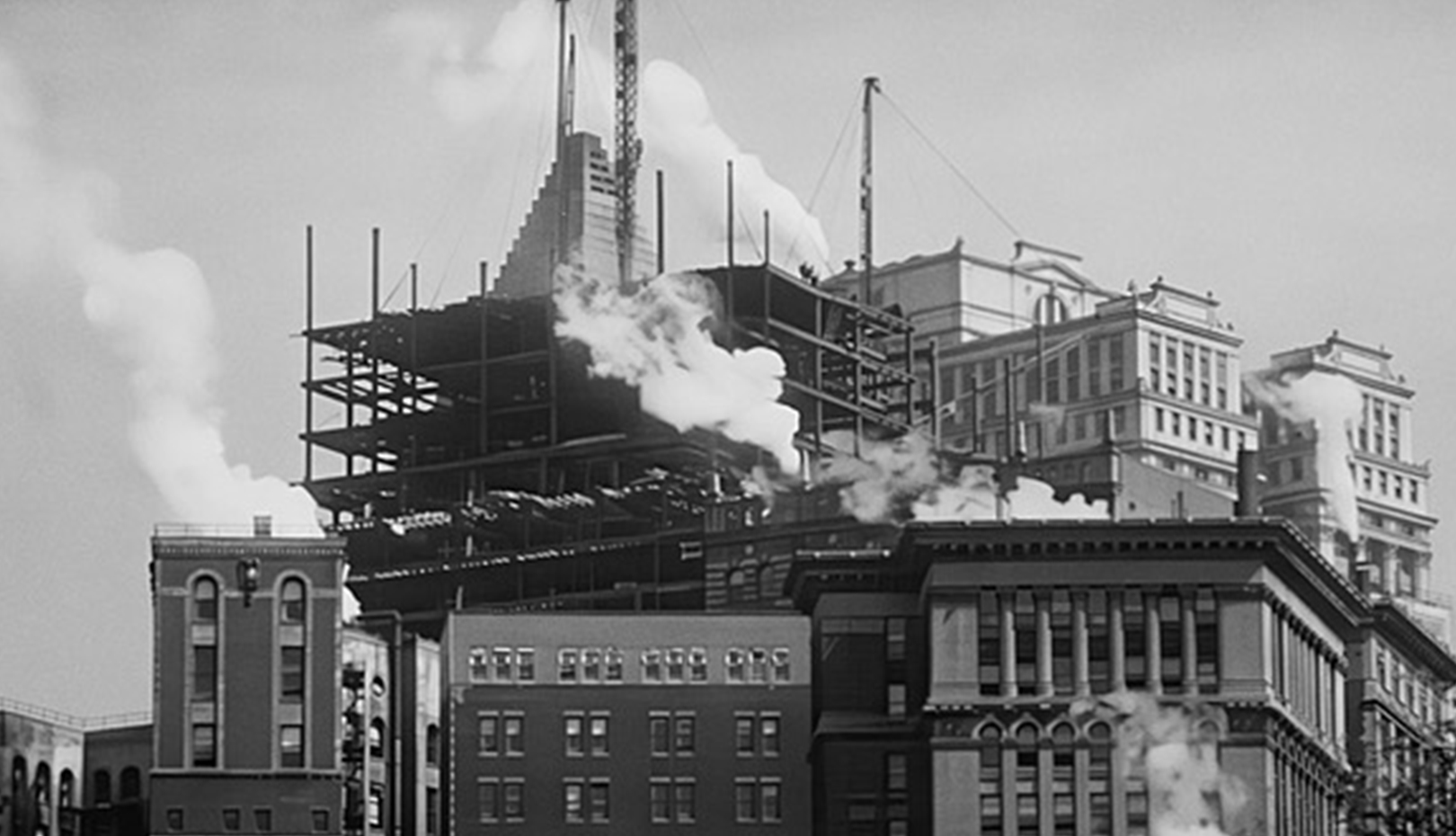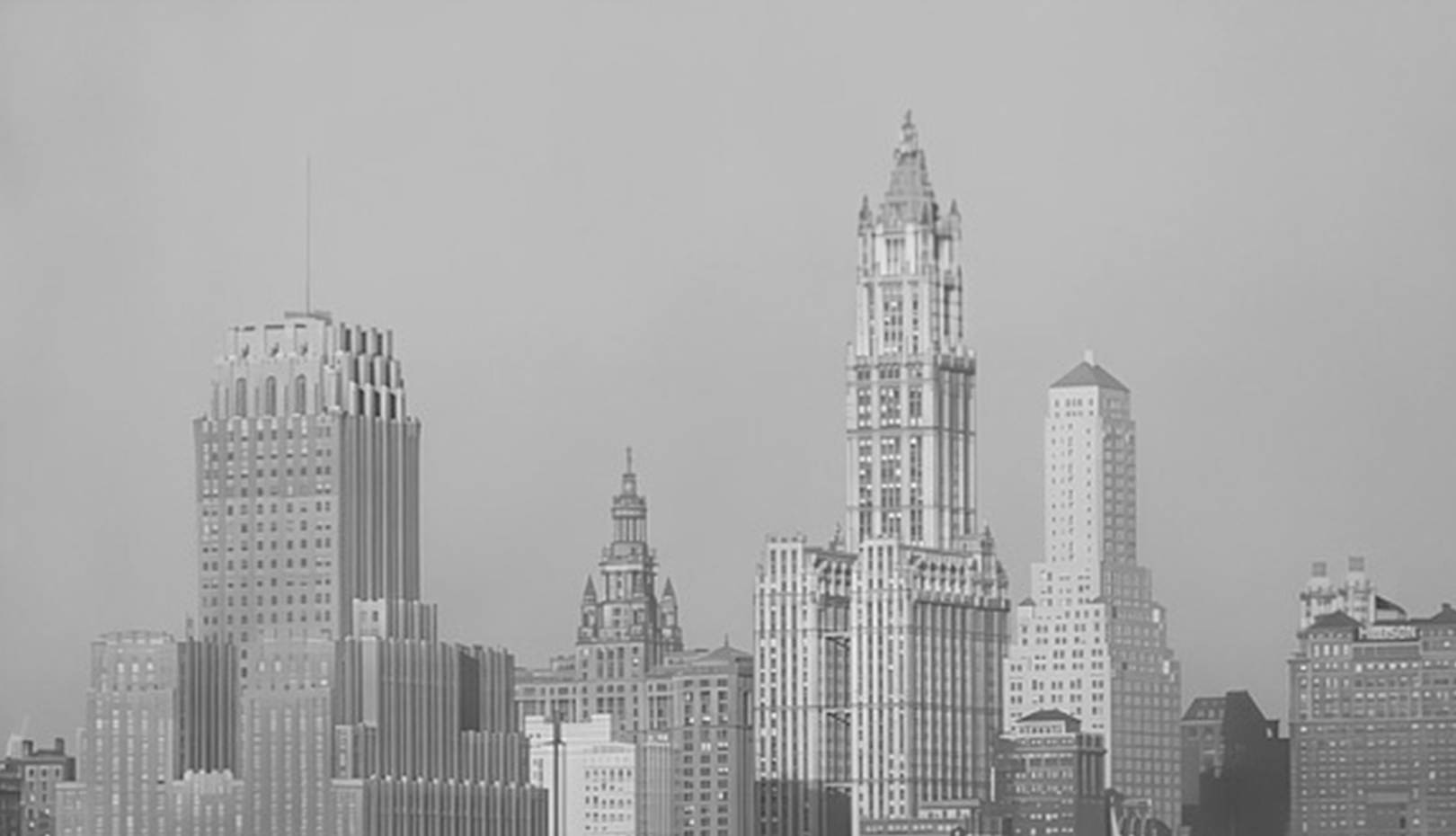Twenty-Four-Dollar Island
Robert J. FLAHERTY
- USA
- 1927
- 13min
- 12 +
- mov
- black and white
Synopsis
At once raw and eloquent, Twenty-Four-Dollar Island seems unfinished, and it may well have been. Very little is known except that parts of it were eventually used as a backdrop for a New York stage show. We also know that Rebecca Strand, wife of photographer Paul Strand, mentions seeing the film in August 1925 in an air-conditioned movie theater. The film as presented here sources from two different copies, one more complete version held at Eye Film Institute in Amsterdam, and the other from Gosfilmofond of Russia showing that the film circulated there as late as 1929. What we see is an artist’s infatuated with the Manhattan skyline shot with telephotos lenses. Views shot from the same camera positions are organized into visual clusters, and closer inspection reveals a vague attempt at organization, wherein Flaherty looks at what is in front of him to explore the space from slightly different angles.
Review
"I'm talking about a movie where New York itself is the story." Flaherty's 1927 short Twenty-Four-Dollar Island is full of fascination with New York as a symbol of the modern city. Skyscrapers are under construction all around the city, challenging the skyscrapers that have already risen, and tugboats ply the Hudson River, endlessly transporting something. Aside from a brief introduction to the city's history at the beginning of the movie, the film consists entirely of music and the sights of New York as perceived by Flaherty's camera. The film is an urban essay that experiments with optical effects through the lens, especially the spatial compression of a telephoto lens, to arrange the different layers of New York into a single image.
Director
-

Robert J. FLAHERTY
Between Robert J. Flaherty’s major feature-length films, Nanook of the North (1922), Moana (1926), Man of Aran (1934), and Louisiana Story (1948), he made several smaller ones outside the epic man-against-nature format. More than 50 years after his death, Flaherty’s name still stands out among the most celebrated in motion picture history.


